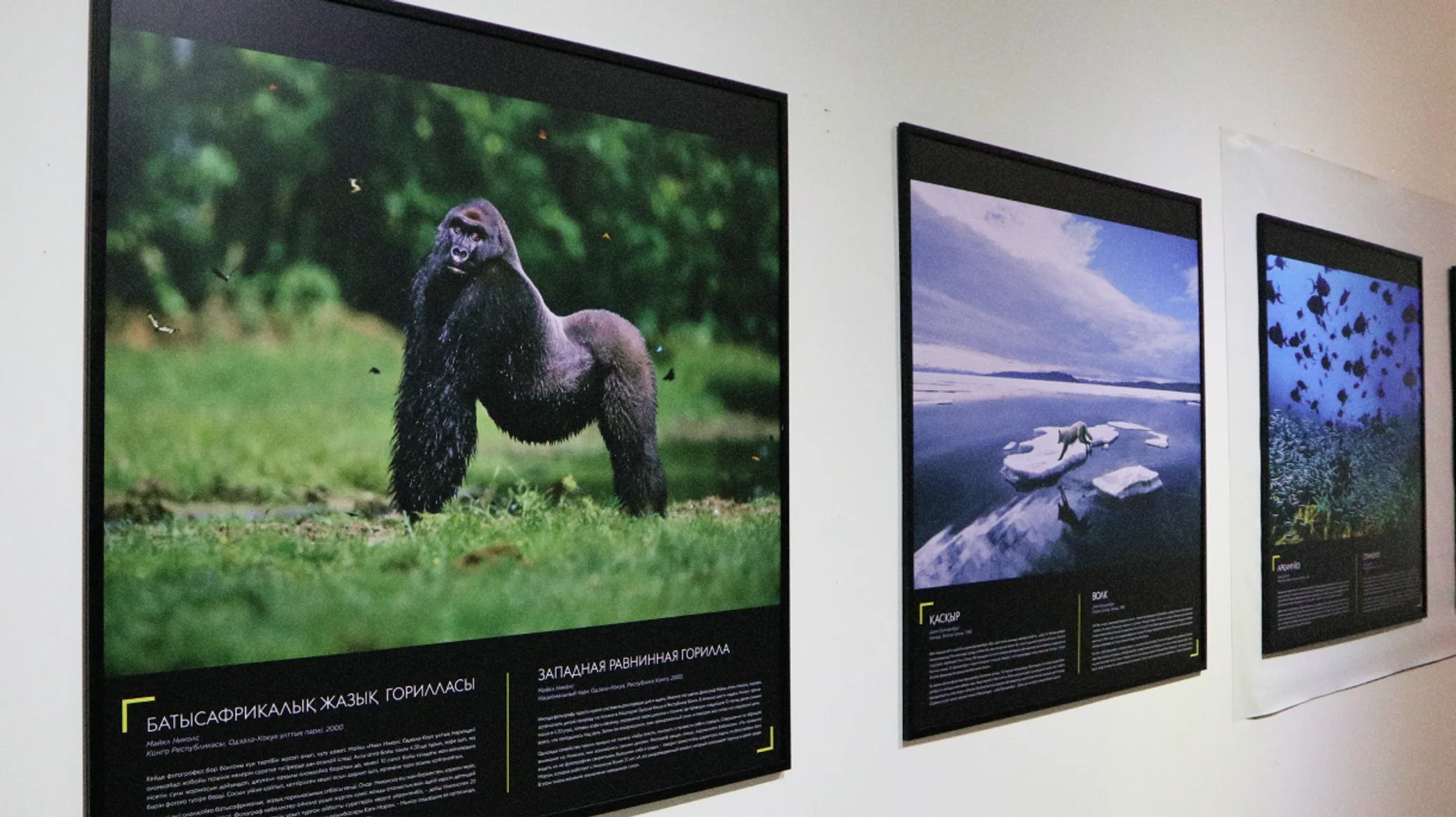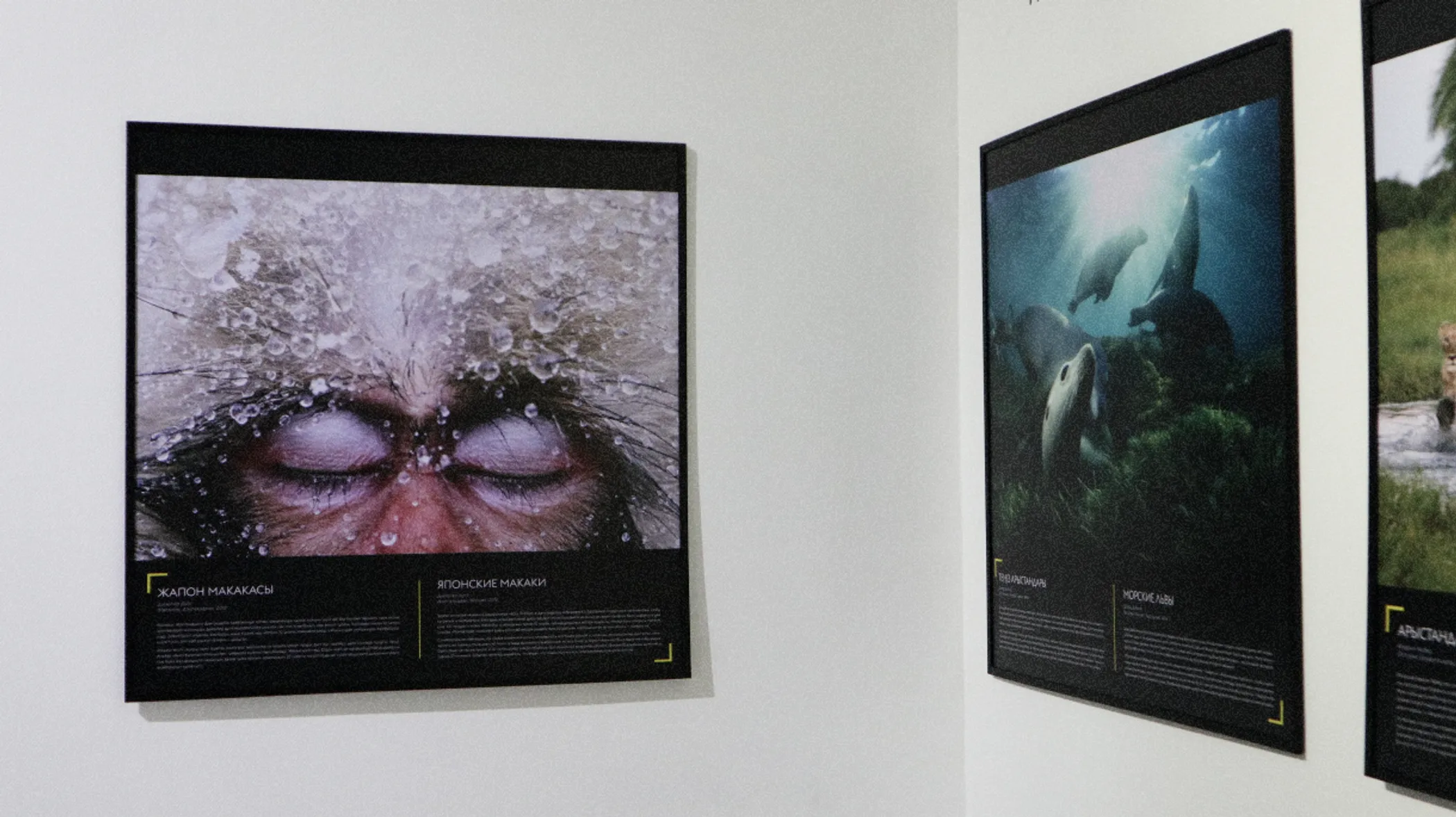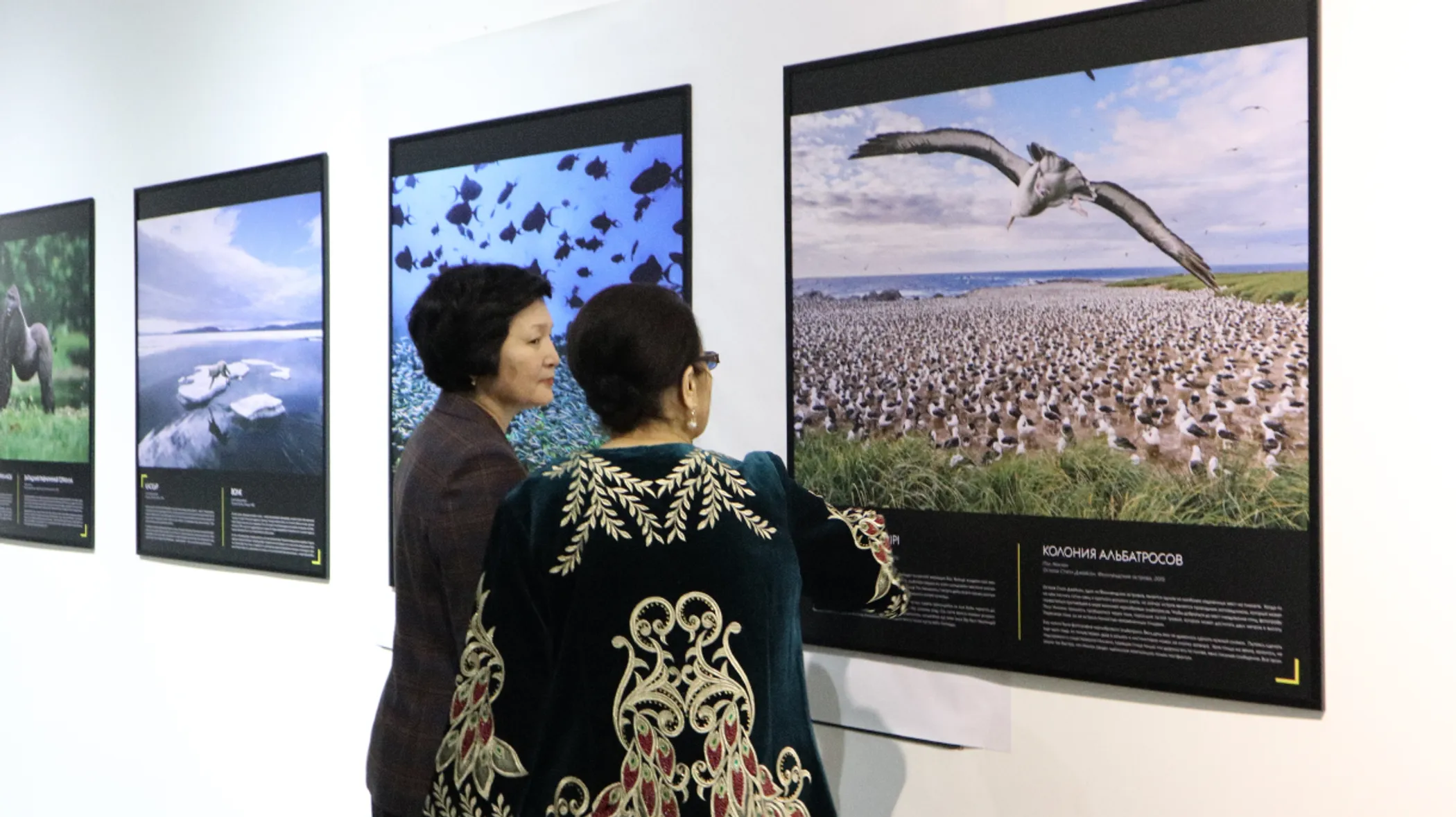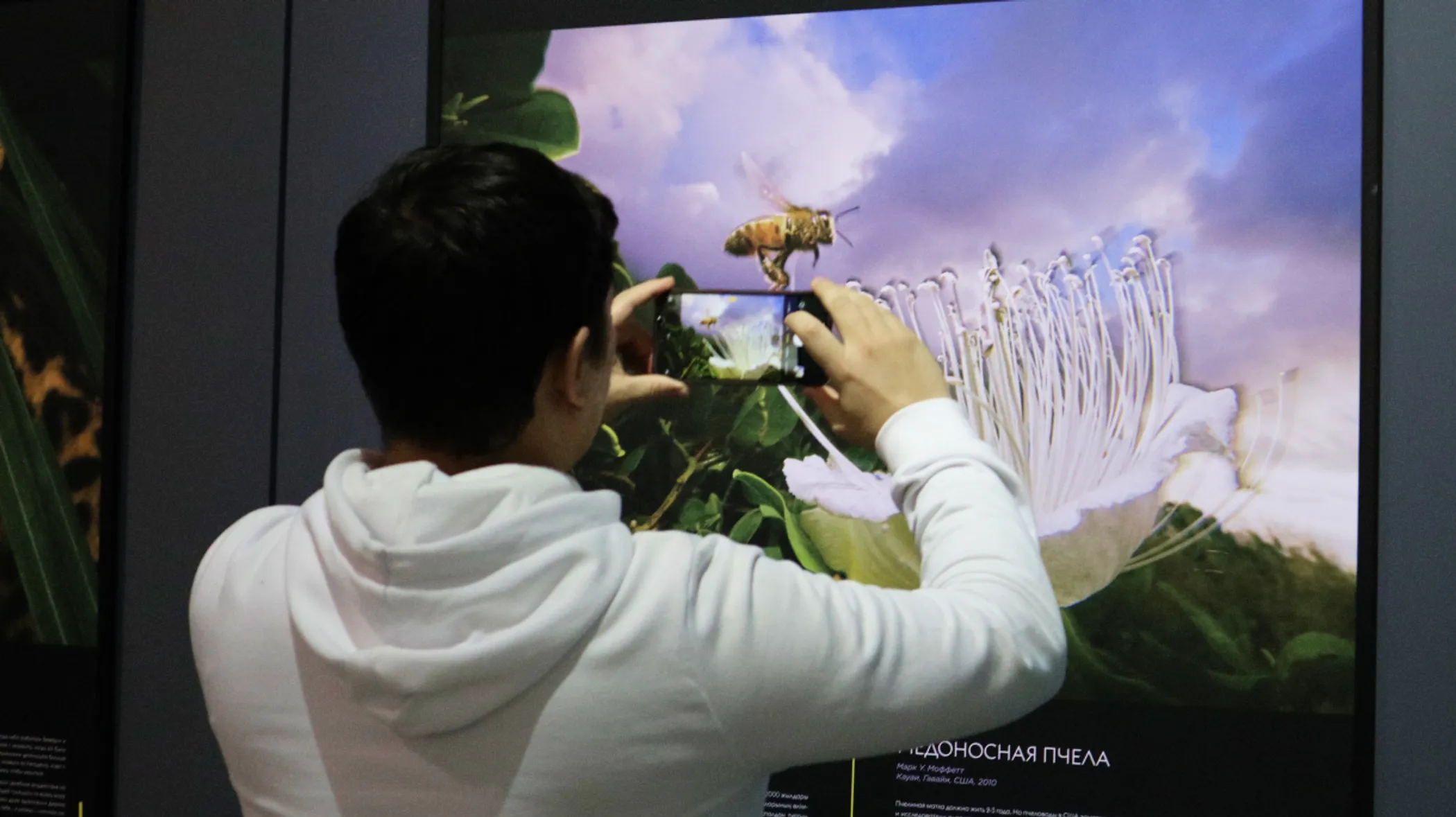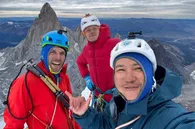On February 9, the National Museum hosted the private unveiling of the new exhibition, "National Geographic: The Greatest Wildlife Photographs", which is set to open to the public today. QazMonitor attended the event, showcasing awe-inspiring imagery of the natural wonders, all curated by the renowned nature photography editor Kathy Moran.
The scenes captured by iconic photographers such as Michael Nichols, Steve Winter, Paul Nicklen, Beverly Joubert, David Doubilet, and others, highlight the evolution of photography techniques. This evolution spans from traditional methods to the advancements seen in remote and underwater photography—a reflection of National Geographic's 115-year history.
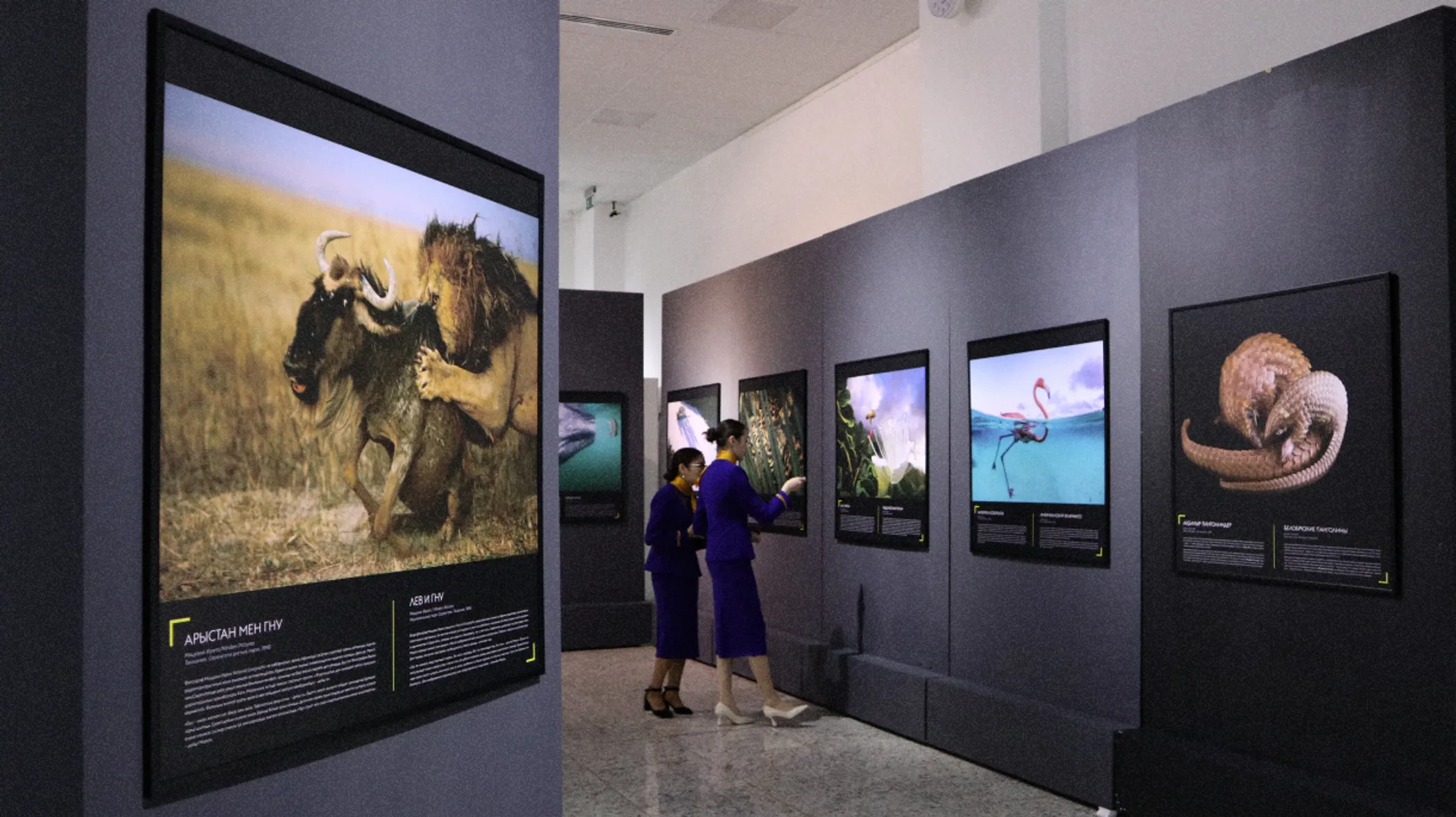
The exhibition begins with a historic section that greets viewers with a record of the world’s ‘firsts ever’, including the first color photograph taken underwater. In 1926, in Florida, Charles Martin and William Longley used waterproof camera housing to capture underwater life illuminated by an explosive magnesium flash powder ignited on a raft on the water's surface. The first water dweller recorded in this manner was a hogfish.
The unveiling was attended by the Minister of Science and Higher Education, Sayasat Nurbek, who recounted a story that he once had with his kids. Since they had never seen burning wood or coal before, he found it challenging to explain the mechanics of a basic engine to them and his family had to rent a countryside house with an oven to illustrate the concept. Nurbek explained that this, in his eyes, symbolized the weakening link with nature that humanity once had, “So, I think it is quite important to bring out kids, to show them nature, to show them wildlife, the different colors and species, and all this vast diversity of living nature so that they could cherish it and rebuild that bond with the living nature.”
The exhibits on display aptly underscore this message, as each photo is a little story that imbues character into planet Earth.
In 2012, Jennifer Hayes and her partner David Doubilet began their two-year journey to photograph the ecosystem of the Gulf of St. Lawrence in Canada. They documented the life of harp seals both above and below the ice near the Magdalen Islands. Hayes had a first-contact experience with a seal pup, which grew attached to the photographers and even climbed onto her to rest at one point, snout against the mask.
Kanat Abashev, coordinator of National Geographic Qazaqstan, said that the exhibition showcases seventy-four such stories, many of which will be familiar to long-time readers, as they have appeared on the magazine's covers. Previously, NatGeo’s regional edition hosted Joel Sartore’s Photo Ark at the National Museum, a conservation effort aimed at documenting endangered species living in zoos.

“Unfortunately, there are no works by our [local] photographers here, but I believe they will have such an opportunity, as we are developing our own project," said Abashev, adding that it has been in the works for a couple of years already. "It will feature fifty best photos of our country, including not only architectural and natural vistas but also, of course, wildlife.”
Some of the stories featured in the exhibition can be easily imagined in Kazakhstan, such as Prasenjeet Yadav’s photograph of a snow leopard. Shot in 2020, India, it portrays an almost timid 'home cat', but as Yadav himself witnessed, this particular snow leopard can relentlessly pursue its prey, leaping from one unimaginable height to another.
The "National Geographic: The Greatest Wildlife Photographs" will remain open until February 25.
